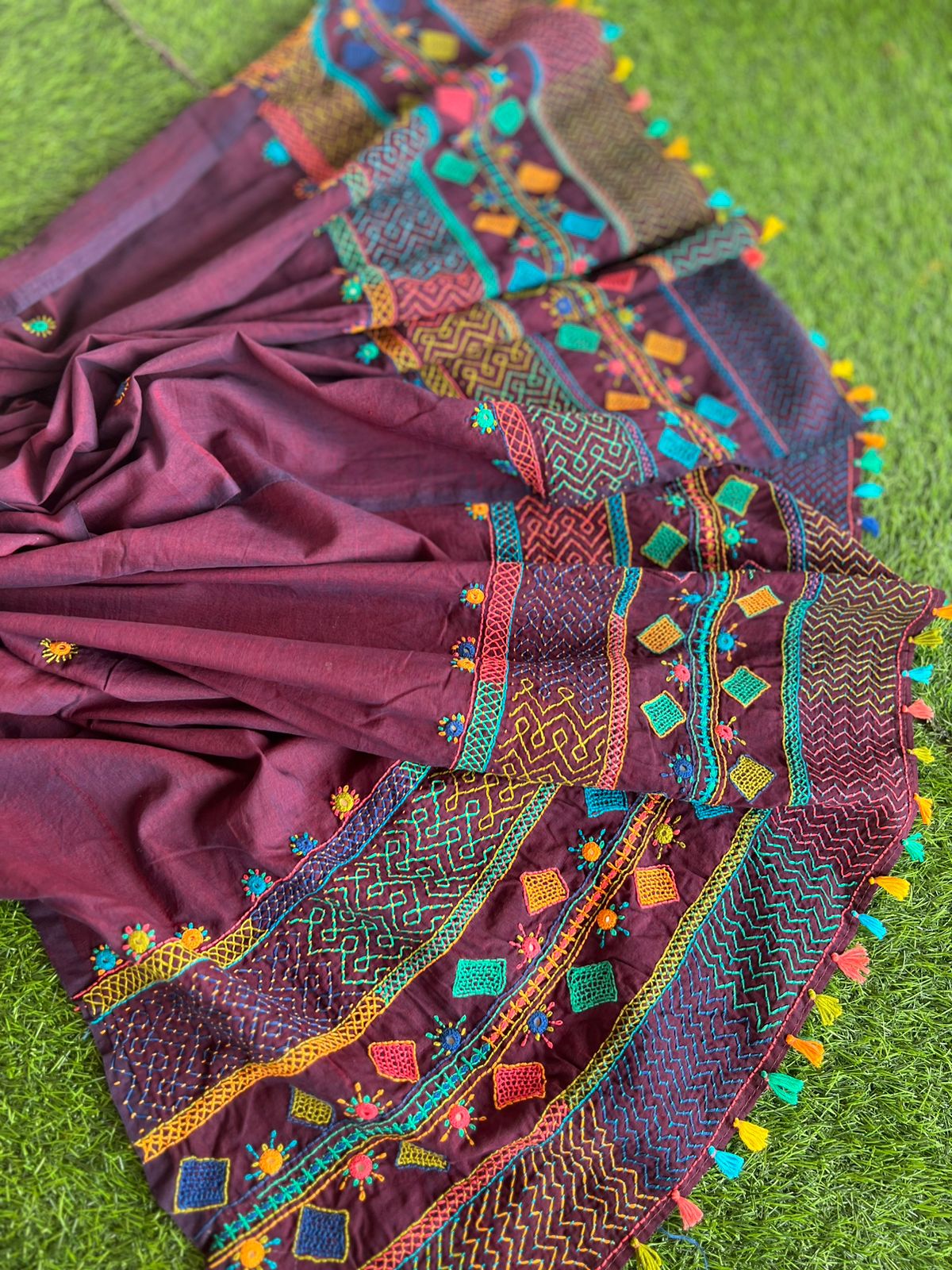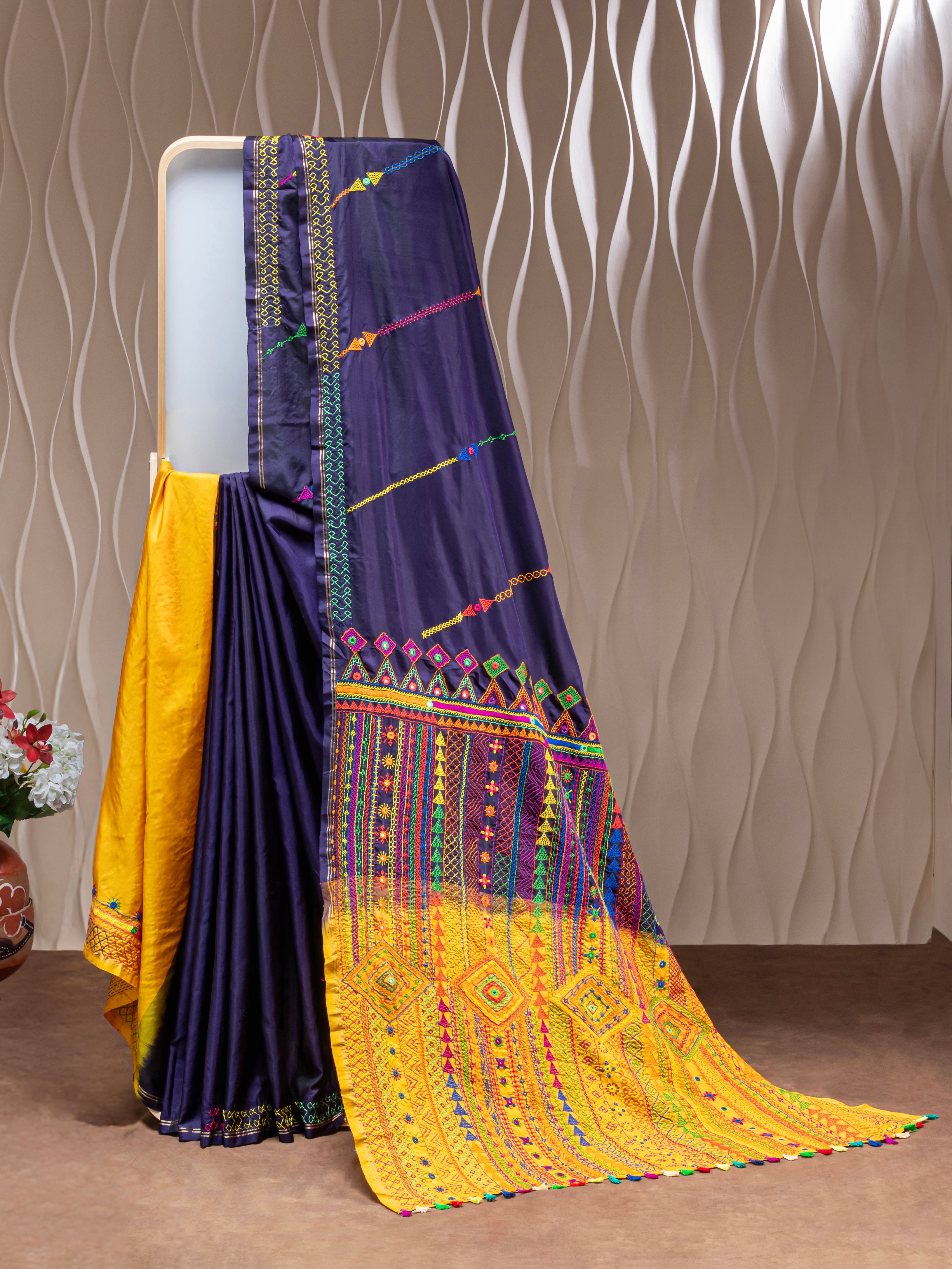
The Symbolism of Motifs in Lambani Clothing
The Symbolism of Motifs in Lambani Clothing
Introduction
In the world of Lambani clothing, motifs are more than just decorative elements—they are symbols of cultural identity, storytelling, and artistic expression. Each motif carries with it a meaning, often rooted in the traditions and beliefs of the Lambani community. These intricate designs, passed down through generations, are a testament to the rich heritage of the Lambani people. In this blog, we’ll explore the symbolism behind some of the most common motifs in Lambani clothing and how they reflect the values and culture of this vibrant community.
Common Lambani Motifs
Lambani clothing is known for its vibrant colors and intricate embroidery, often featuring a variety of motifs that are symbolic of the Lambani way of life. Some of the most common motifs include peacocks, flowers, and geometric patterns. The peacock, a symbol of beauty and grace in Indian culture, is a popular motif in Lambani textiles. It is often depicted with intricate detailing, reflecting the artisans' skill and creativity. Floral motifs, such as lotus and jasmine, are also common and symbolize purity, prosperity, and the beauty of nature. Geometric patterns, including triangles, diamonds, and squares, are often used to create complex designs that are both aesthetically pleasing and culturally significant.
Cultural Significance
The motifs in Lambani clothing are deeply rooted in the cultural and spiritual beliefs of the Lambani people. Each motif has a specific meaning and is often associated with a particular aspect of life. For example, the peacock is not just a symbol of beauty; it is also believed to bring good luck and prosperity. Floral motifs, particularly the lotus, are often used to symbolize purity and spiritual awakening. Geometric patterns, on the other hand, are believed to represent the order and harmony of the universe. These motifs are more than just decorative elements; they are a reflection of the Lambani community's values, beliefs, and way of life.
The Craftsmanship Behind the Designs
Creating the intricate motifs that are characteristic of Lambani clothing requires a high level of skill and craftsmanship. The process begins with the selection of high-quality fabric, often handloom-woven using natural fibers. The fabric is then carefully embroidered using traditional tools and techniques, with each stitch placed precisely to create the desired pattern. The artisans, primarily women, spend hours, and sometimes even days, meticulously working on each piece, ensuring that the motifs are not only beautiful but also meaningful. This dedication to craftsmanship is what makes Lambani clothing so special.
Incorporating Motifs into Modern Fashion
While Lambani motifs are steeped in tradition, they have also found a place in modern fashion. Designers today are incorporating these traditional motifs into contemporary designs, creating a fusion of old and new that appeals to a global audience. Whether it’s a saree adorned with intricate peacock motifs or a kurti featuring geometric patterns, Lambani clothing offers a unique blend of cultural heritage and modern style. By wearing these garments, you’re not just embracing a beautiful piece of clothing; you’re also celebrating the rich cultural history of the Lambani community.
Conclusion
The motifs in Lambani clothing are more than just decorative elements—they are a reflection of the Lambani people’s rich cultural heritage and a testament to their artistic expression. Each motif tells a story, carrying with it the values, beliefs, and traditions of this vibrant community. By incorporating these motifs into your wardrobe, you’re not just embracing a unique style; you’re also celebrating the cultural heritage of the Lambani people. So the next time you wear a Lambani saree or kurti, take a moment to appreciate the meaning behind the motifs and the skilled craftsmanship that brought them to life.

